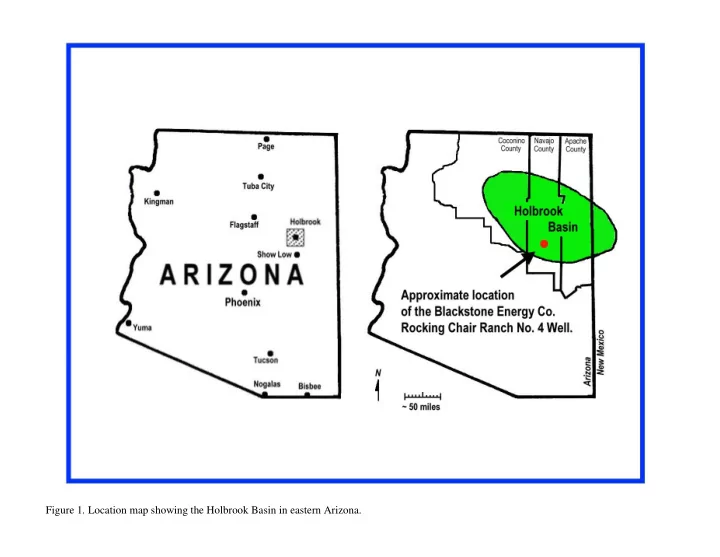

Figure 1. Location map showing the Holbrook Basin in eastern Arizona.
Figure 2. Map of northern and central Arizona showing the general location of the Rocking Chair Ranch No. 4 well, Section 27, T.14N, R.19E.
Figure 3. Annotated dual induction log of stratigraphic interval of Rocking Chair Ranch No. 4 well (RCR-4).
Figure 4. Organic matter content and thermal maturity (raw data).
Figure 5. Organic matter content and thermal maturity (data interpreted).
Figure 6. Organic matter content and thermal maturity (interpreted data with dual induction log).
Figure 7. Correlation of Pennsylvanian and Permian stratigraphic units across northern, eastern, southeastern Arizona and central New Mexico
Figure 8. Thermal maturation system developed by Frank L. Staplin (1969).
Figure 9. Interpretation of Staplin’s TAI standards by Schwab (1983).
Figure 10. Comparison of thermal maturity scales (cross-correlation measurements) made by Schwab (1992).
Figure 11. Correlation of TAI, intensity (I), and approximate vitrinite reflectance (%Ro e ) values.
Figure 12. TAI - %Ro well profile of the Supai Formation in the RCR No. 4 well.
Figure 13. Thermal maturation of organic matter, as related to changes in the color of the trilete spores, pollen, and tissue fragments (Schwab, 1977).
Figure 14. Corduroy Sandstone TAI assemblage, based of study of RCR-4.
Figure 15. Corduroy Sandstone palynomorph assemblage, based on study of RCR-4.
Figure 16. Domitized calcite-aragonite, lower Corduroy Sandstone.
Figure 17. Fort Apache Limestone TIA assemblage, based on study of RCR-4.
Figure 18. Fort Apache Limestone palynomorph assemblage, based on study of RCR-4.
Figure 19. Big A Butte Member TIA assemblage, based on study of RCR-4.
Figure 20. Big A Butte Member palynomorph assemblage, based on study of RCR-4.
Figure 21. Most commonly used methods for the characterization of source rocks. Modified from Tissot and Welte (1978).
Figure 22. Total organic carbon (TOC %Wt.) profile of the Supai Formation in the RCR No. 4 well.
Figure 23. TOC profile of the RCR No. 4 well. Note the rhythmic variations in the TOC content through this portion of the Supai Formation.
Figure 24. Striate bisaccate pollen and other palynomorphs from the RCR No. 4 well.
Figure 25. The trilete spore Cirratriradites sp.
Table 1. Total Organic Carbon (TOC %Wt.) values recorded for the Rocking Chair Ranch No. 4 well.
Recommend
More recommend